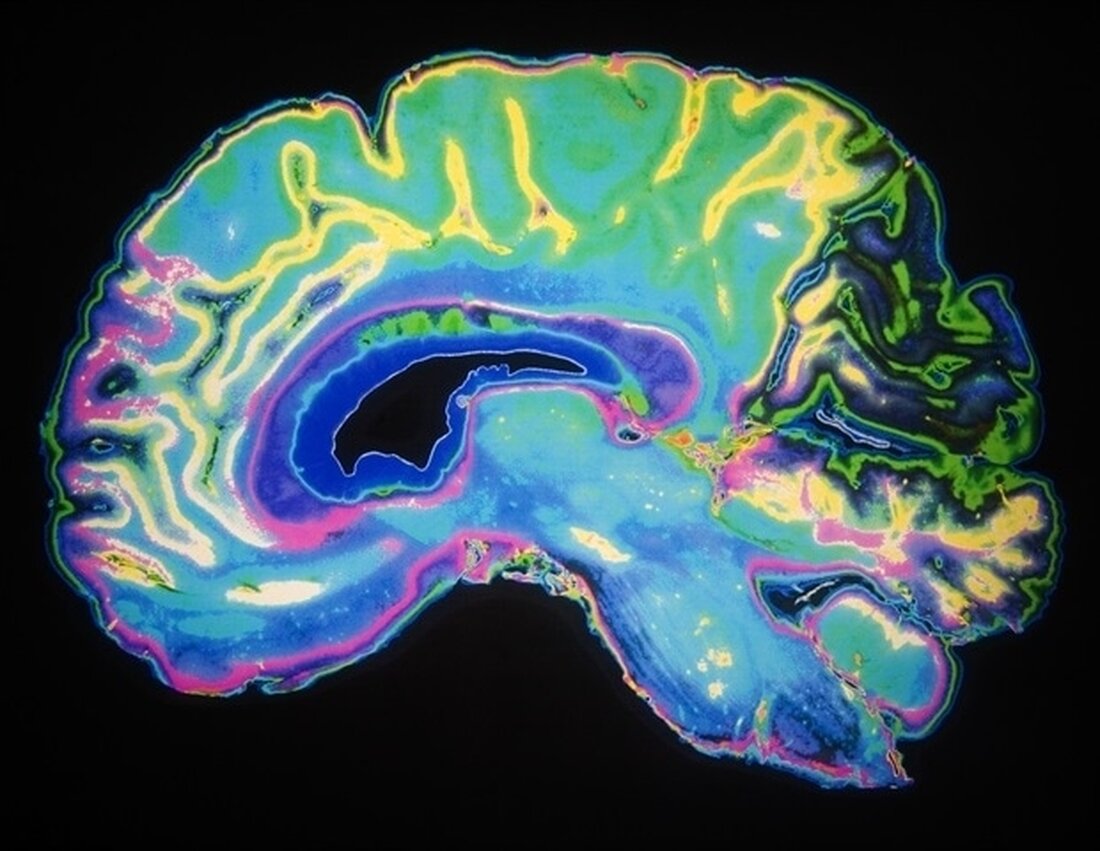Researchers are studying the role of trigeminal axons in delivering antidepressants from the nose to the brain
Intranasal (IN) administration is gaining popularity as a non-invasive approach to deliver drugs directly to the brain. This approach involves the respiratory or olfactory epithelia of the nasal mucosa through which the drugs reach the central nervous system (CNS). Transport from the respiratory epithelium via the trigeminal nerve is significantly slower than transport from the olfactory epithelium via the olfactory bulb (OB) or the cerebrospinal fluid (CSF). However, only a small portion of human nasal mucosa is composed of olfactory epithelium, prompting researchers to focus on improving drug delivery time through the predominant respiratory epithelium. In order to…

Researchers are studying the role of trigeminal axons in delivering antidepressants from the nose to the brain
Intranasal (IN) administration is gaining popularity as a non-invasive approach to deliver drugs directly to the brain. This approach involves the respiratory or olfactory epithelia of the nasal mucosa through which the drugs reach the central nervous system (CNS). Transport from the respiratory epithelium via the trigeminal nerve is significantly slower than transport from the olfactory epithelium via the olfactory bulb (OB) or the cerebrospinal fluid (CSF). However, only a small portion of human nasal mucosa is composed of olfactory epithelium, prompting researchers to focus on improving drug delivery time through the predominant respiratory epithelium.
To facilitate this, a team of researchers including Professor Chikamasa Yamashita from Tokyo University of Science, Japan, developed a novel drug to test its CNS absorption effectiveness.
To provide more insight, Prof. Yamashita explains: “In a previous study, we combined functional sequences (namely a membrane permeability-promoting sequence [CPP] and an endosomal escape-promoting sequence [PAS]) to form glucagon-like peptide-2 (GLP-2), which is effective against treatment-resistant depression, so that it can be efficiently absorbed by neurons. We wanted to construct a nose-brain system that is mediated by the trigeminal nerve in the respiratory epithelium.”
By studying the CNS uptake of this novel PAS-CPP-GLP-2, the team found that its antidepressant effects remained at the same level when administered intracerebroventricularly (icv.) at identical doses. Therefore, Prof. Yamashita and his colleagues have elucidated a nose-to-brain transmission mechanism to explain why intranasally administered GLP-2 derivatives exhibit drug effects at the same dose as intracerebroventricularly administered GLP-2 derivatives. The team's findings were documented in a study made available online September 30, 2022 in Volume 351 of the Journal of Controlled Release.
The team performed icv. and in. Administration of PAS-CPP-GLP-2 to mice. The amount of drug delivered to the whole brain was quantified by enzyme-linked immunosorbent assay (ELISA).
Surprisingly, ELISA showed that a much lower amount of intranasally administered PAS-CPP-GLP-2 reached the brain than intracerebroventricularly administered PAS-CPP-GLP-2. However, both are icv. and in. administration showed effectiveness at the same dose. This is attributed to the fact that icv. Administration introduces drugs to the site of origin of the CSF (ventricles), causing them to diffuse into the CSF and spread throughout the brain. Because CSF exists in the spaces outside the brain's capillaries, the team saw that a large portion of PAS-CPP-GLP-2 would likely stay here without being transported to its sites of action. On the other hand, nasally administered GLP-2 derivatives were quickly taken up by the trigeminal nerve of the respiratory epithelium and efficiently reached the site of action while passing through the neurons.
This suggests that the peptide delivered to the site of action by icv. Administration is present in large quantities in the brain, but only in very small quantities as it remains in the perivascular space. On the other hand, intranasally administered PAS-CPP-GLP-2 is in contrast to icv. administration to the site of action without passing through the CSF or perivascular space”.
Professor Chikamasa Yamashita, Tokyo University of Science, Japan
Drug Discovery E-Book
Compilation of the top interviews, articles and news from the last year. Download a free copy
These results led the team to identify the central route of administration of the drug after intravenous administration. This pathway involved the main sensory trigeminal nucleus, followed by the trigeminal lemniscus of the trigeminal nerve, and led to the sites of drug action. Finally, it was discovered that migration of PAS-CPP-GLP-2 via neural transit was the reason for its pharmacological activity, despite its low concentrations in the brain when administered intravenously.
Prof. Yamashita explains: "This is the world's first drug delivery system that allows intranasally administered peptides to be delivered to the central nervous system via nerve cells, thereby delivering peptides to the site of action with the same efficiency as intravenous administration."
Regarding the future applications of the team's findings, Prof. Yamashita concludes: "Current data suggest the possibility of expanding the use of this system from the treatment of depression to the administration of drugs in patients with Alzheimer's disease. It is therefore expected to be applied to neurodegenerative diseases with high unmet medical needs."
Source:
Reference:
Akita, T., et al. (2022) Involvement of trigeminal axons in nose-to-brain delivery of glucagon-like peptide-2 derivative. Controlled Release Journal. doi.org/10.1016/j.jconrel.2022.09.047.
.

 Suche
Suche
 Mein Konto
Mein Konto
